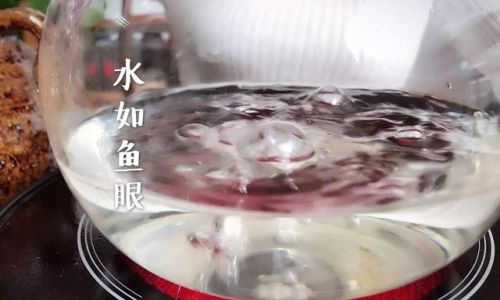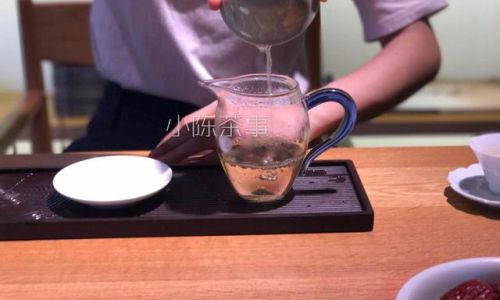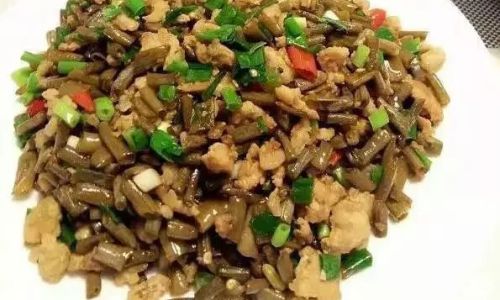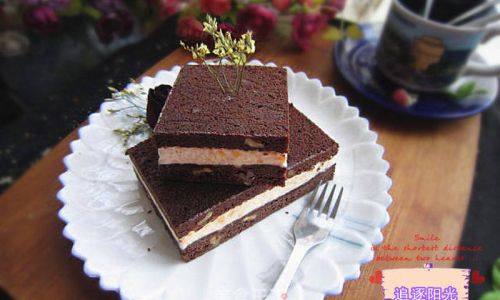White Tea Gold Buds, often referred to as “Golden Tips” or “Yellow Buds,” is a rare and exquisite variety of white tea celebrated for its delicate flavor, luminous appearance, and health-enriching properties. Originating from the Fujian province of China and cultivated in select regions worldwide, this tea is harvested from the youngest buds of the Camellia sinensis plant, which are coated in fine, silvery hairs that turn golden when oxidized. Brewing White Tea Gold Buds correctly is essential to unlock its full potential—a harmonious balance of floral sweetness, subtle grassy undertones, and a lingering honeyed finish. This article delves into the intricate steps, scientific principles, and cultural nuances of brewing this premium tea to perfection, ensuring every sip is a revelation of its refined character.
Understanding White Tea Gold Buds: A Brief Overview
Before diving into brewing techniques, it is crucial to appreciate the uniqueness of White Tea Gold Buds. Unlike black or green teas, white tea undergoes minimal processing—primarily withering and drying—which preserves its natural antioxidants, amino acids, and volatile compounds. The Gold Buds variant is particularly prized for its high concentration of catechins and polyphenols, which contribute to its health benefits, including immune support and antioxidant effects.
The tea’s appearance is striking: the buds are plump, covered in a velvety down of golden hairs, and emit a faint aroma of dried hay or fresh blossoms. When brewed, the liquor transforms into a pale gold or apricot hue, reflecting its purity and light oxidation. To honor these qualities, the brewing process must prioritize precision, patience, and an understanding of how temperature, time, and water quality interact with the leaves.
Selecting the Right Tea Leaves
The journey to a perfect cup begins with sourcing high-quality White Tea Gold Buds. Authentic Gold Buds should be uniform in size, with intact buds and minimal broken leaves. Avoid teas that appear overly brown or lack the characteristic golden fuzz, as these may indicate improper storage or lower grade. Opt for loose-leaf tea rather than tea bags, as the latter often contains fannings (dust-like particles) that compromise flavor.

Store your tea in an airtight, opaque container away from light, moisture, and strong odors. Proper storage preserves the tea’s delicate aromatics and prevents premature aging.
The Importance of Water Quality
Water is the solvent that extracts flavors and compounds from tea leaves. For White Tea Gold Buds, use fresh, cold water—preferably spring or filtered water—to avoid chlorine or mineral aftertastes. Avoid distilled water, as it lacks the minerals that enhance the tea’s natural sweetness.
Water Temperature: The Golden Rule
White tea is sensitive to heat, and oversteeping or using boiling water can scorch the leaves, resulting in bitterness. The ideal water temperature for Gold Buds is between 80°C and 85°C (176°F–185°F). Boiling water (100°C/212°F) will destroy the tea’s subtle nuances and release tannins, creating an astringent brew.
How to Achieve the Perfect Temperature:
- Method 1: Boil water, then let it cool for 5–7 minutes.
- Method 2: Use an electric kettle with adjustable temperature settings.
- Method 3: Pour a small amount of boiling water into the teapot or cup to warm it, then discard the water before brewing. This preheating step maintains the brew’s temperature during steeping.
Tea-to-Water Ratio: Finding Balance
The ratio of tea leaves to water determines the strength and complexity of the brew. For White Tea Gold Buds, a general guideline is 5–2 grams of tea per 150 ml (5 oz) of water. However, this can be adjusted based on personal preference.
- For a Milder Brew: Use 1.5 grams of tea.
- For a Bolder Flavor: Increase to 2.5 grams.
Avoid overcrowding the leaves, as this restricts their expansion and limits flavor extraction. A teaspoon of loose Gold Buds typically weighs 2–2.5 grams, depending on the bud’s density.
Steeping Time: Patience Is Key
White Tea Gold Buds requires gentle steeping to avoid bitterness. The initial infusion should last 5–2 minutes. Subsequent infusions can be extended by 30–60 seconds, as the leaves gradually release their flavors.
First Infusion (1.5–2 minutes):
This extracts the tea’s delicate top notes—floral, honeyed, and vegetal aromas.
Second Infusion (2.5–3 minutes):
The flavor deepens, revealing a creamy texture and subtle nutty undertones.

Third Infusion (3–4 minutes):
The liquor becomes slightly sweeter, with a lingering finish.
Avoid steeping for more than 5 minutes, as this will over-extract tannins and create a dry, astringent mouthfeel.
Brewing Vessels: Enhancing the Experience
The choice of teaware influences both the aesthetics and flavor profile of White Tea Gold Buds.
-
Gaiwan (Chinese Lidded Bowl):
The gaiwan is traditional for white tea, as its wide surface area allows leaves to unfurl fully. Pour water in a circular motion to agitate the leaves gently, then decant the liquor swiftly to prevent bitterness. -
Glass Teapot or Mug:
Transparent vessels allow you to admire the tea’s golden hue and the graceful dance of the buds as they sink. Opt for heat-resistant glass to retain temperature. -
Porcelain Teapot:
Porcelain is neutral and does not impart flavors, making it ideal for preserving the tea’s purity. Preheat the pot to maintain consistent temperature. -
French Press (for Casual Brewing):
While unconventional, a French press can work for multiple infusions. Press the plunger gently after steeping to separate the leaves.
The Ritual of Multiple Infusions
White Tea Gold Buds rewards patience with multiple infusions, each unveiling new layers of flavor. A single serving can yield 3–4 infusions, with the third often being the most complex.
Pro Tip:
After the first infusion, briefly rinse the leaves by pouring a small amount of hot water over them and immediately discarding it. This “awakens” the leaves and removes any residual dust.

Serving and Pairing Suggestions
White Tea Gold Buds is best enjoyed plain to appreciate its natural sweetness. However, it can be paired with:
- Light Pastries: Almond cookies or shortbread.
- Fresh Fruit: Slices of peach or mango.
- Mild Cheeses: Fresh goat cheese or chèvre.
Avoid pairing with heavy, spicy, or overly sweet foods, as these will overwhelm the tea’s subtlety.
Common Mistakes to Avoid
- Using Boiling Water: Scorches the leaves and destroys flavor.
- Oversteeping: Leads to bitterness.
- Using Too Much Tea: Results in a cloudy, overly concentrated brew.
- Neglecting Water Quality: Chlorinated water masks the tea’s delicate aromas.
- Storing Improperly: Exposure to air or light degrades quality.
The Science Behind the Steep
White Tea Gold Buds contains enzymes called polyphenol oxidases, which drive oxidation. By brewing at lower temperatures, you slow enzymatic activity, preserving the tea’s fresh, grassy character. The minimal processing also means the leaves retain more L-theanine, an amino acid that imparts a calming, umami-rich taste.
Cultural Context: White Tea in Tradition
In Chinese tea culture, white tea symbolizes purity and mindfulness. The Gold Buds variant is often reserved for ceremonies or offered to honored guests. Brewing it is seen as an act of meditation—a moment to slow down and savor life’s simple pleasures.
Conclusion: Elevating Your Tea Journey
Brewing White Tea Gold Buds is an art that marries science and intuition. By mastering temperature, time, and technique, you transform humble leaves into a liquid masterpiece. Experiment with infusions, explore different vessels, and share this ritual with loved ones. Each cup is a testament to the tea’s journey from bud to brew—and a reminder that perfection lies not in rigidity, but in the harmony of intention and execution.
So, the next time you unfurl a handful of Golden Buds, remember: you’re not just brewing tea—you’re crafting an experience. 🍵





0 comments